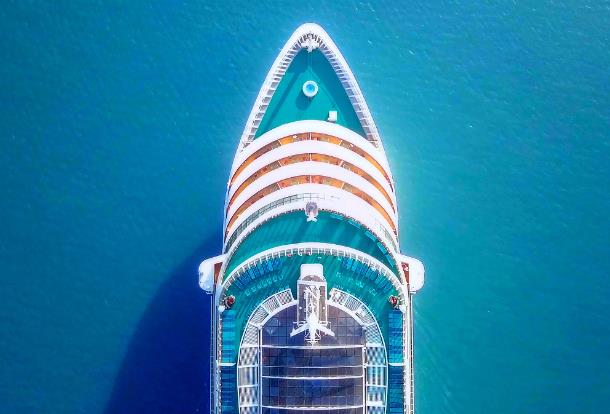The tables have turned.
In June, Skift founder and CEO Rafat Ali wrote an essay, Who Wants an American Tourist Now?, reporting how the U.S. had become the global hub of Covid-19 infections and deaths, consequently a pariah of both inbound or outbound tourism.
Now it’s travelers from India – the world’s biggest vaccine maker – who aren’t wanted. Half of all reported cases globally last week were in India, according to the World Health Organization (WHO).
Thailand, vaunted by WHO late last year as a model of Covid containment, is battling its worst-ever upsurge, putting its planned international opening from July 1 on the line. Quarantine for incoming travelers is back to 14 days, after a reduction to seven to 10 days since April 1.
In Singapore, another model of Covid containment, quarantine has gone up to 21 days, and the city on Friday imposed a “heightened alert.” From May 16 to June 13, the group size for gatherings is two people, from five. Dining-in is suspended. Work-from-home is the default.
Singapore said it is on a “knife’s edge” with Covid cases, i.e., cases could increase or decrease over the next few weeks. A planned two-way quarantine-free travel corridor with Hong Kong from May 26 could also go either way.
In Australia, the tourism industry is up in arms this week over the Federal Budget’s confirmation that the country isn’t likely to open its international borders until at least mid-2022. The Australian Tourism Export Council said in a statement that the budget “fails to deliver clarity” for Australia’s “flailing” tourism industry, warning that many businesses in the tourism supply chain will have to make tough decisions about their future with many likely to close.
It’s not surprising that PATA has revised Asia-Pacific’s international arrivals recovery scenario this year to “severe,” from “medium to severe” just a month ago. The association expects a growth of no more than 6 percent in international arrivals in the region this year, over 2019, versus a growth of 6 to 11 percent earlier.
This will bring back international arrivals in Asia-Pacific to the level of 20 years ago, said Hardy.
“There may be exceptions, for example, Singapore or the Maldives, but on average, I’d say it [the recovery scenario] is severe across Asia,” said Hardy.
Read original article




